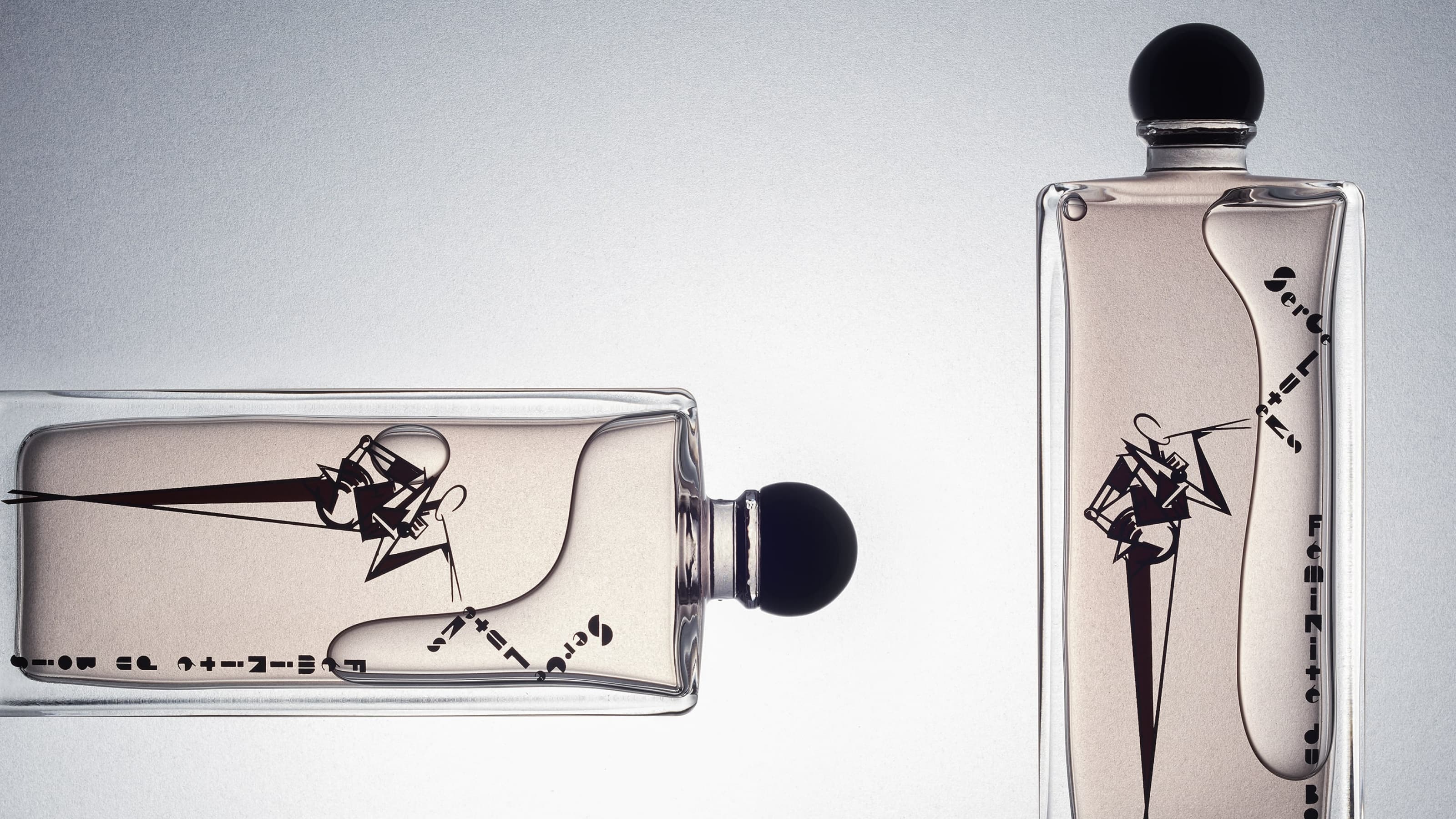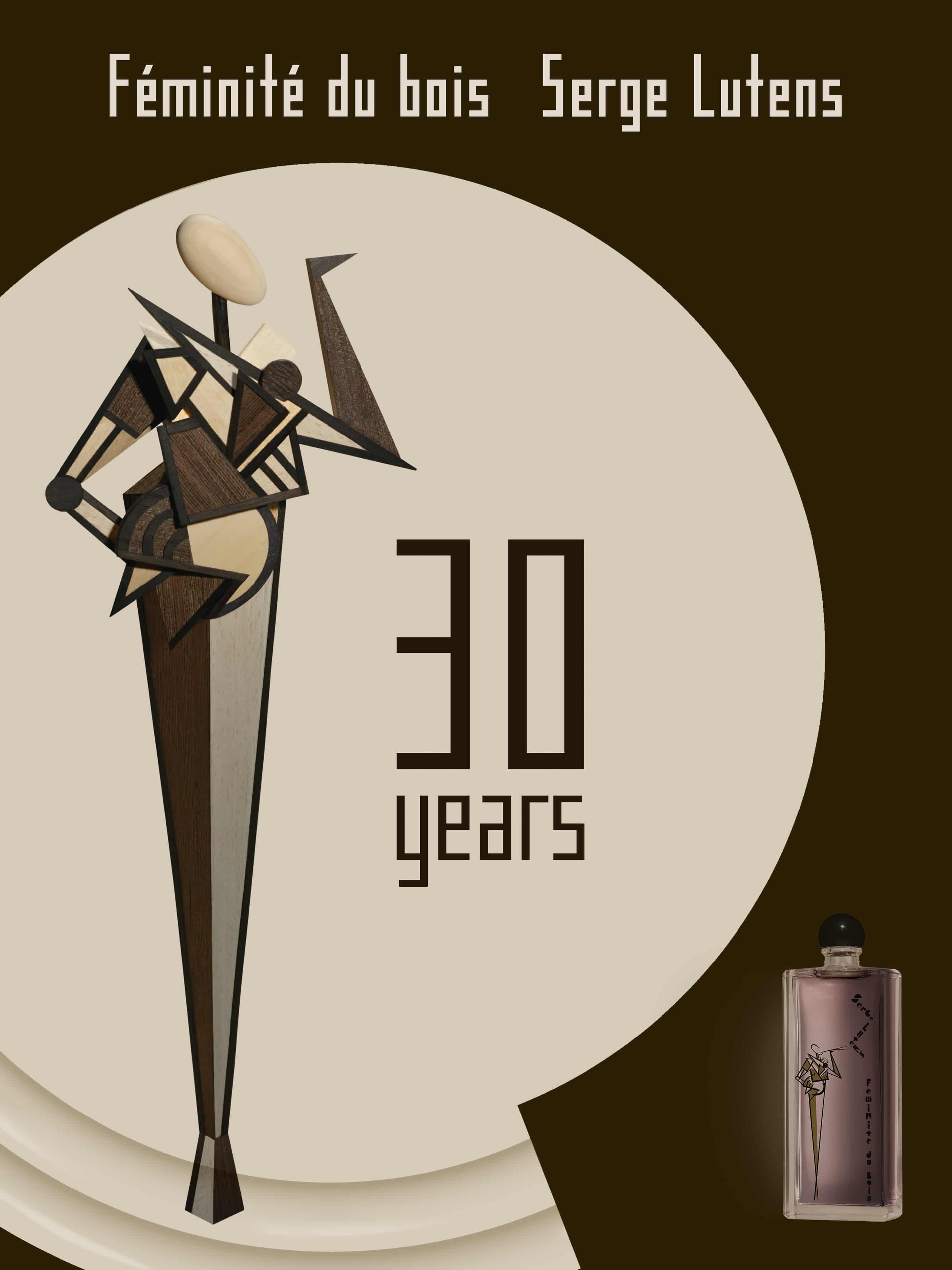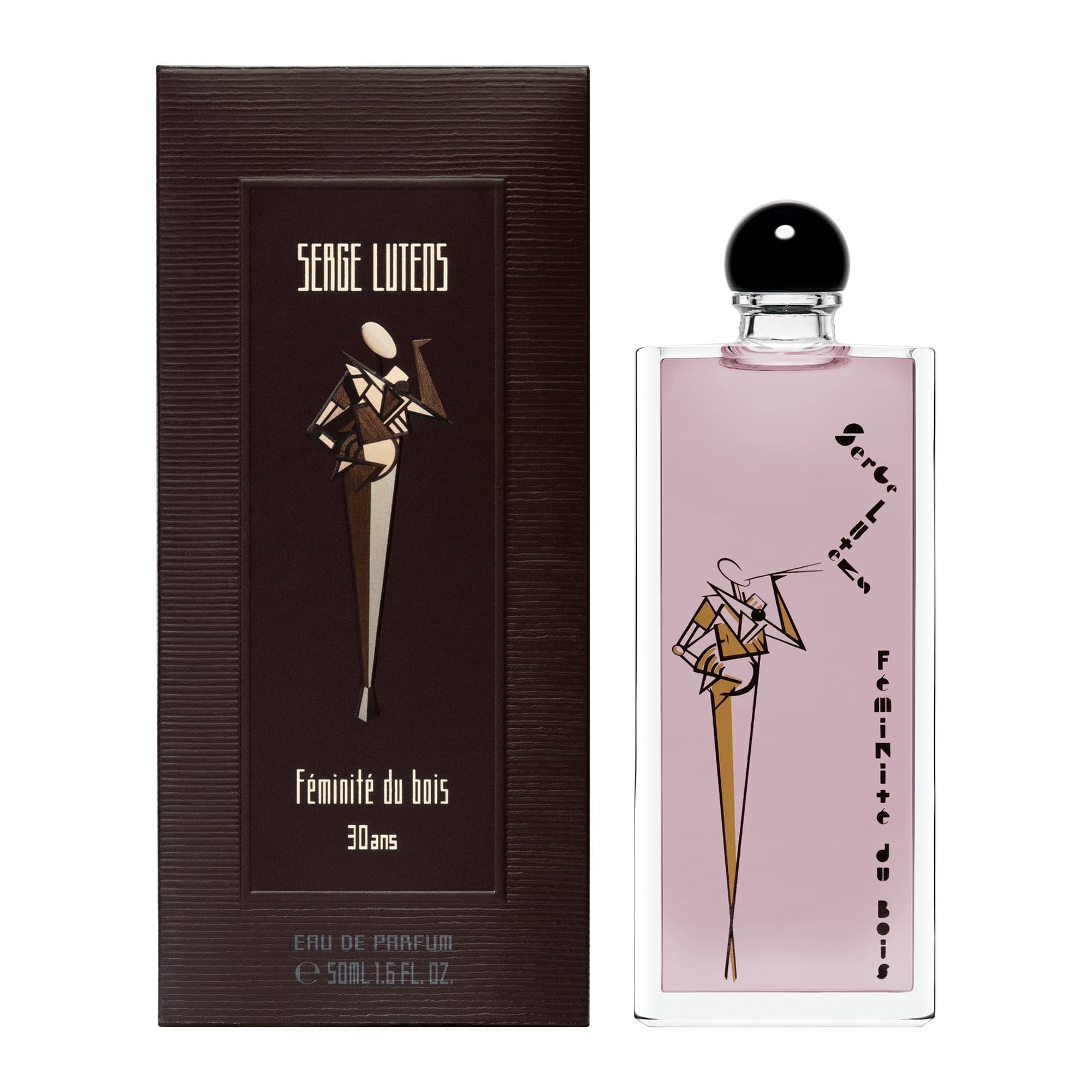Serge Lutens: 30 years of Féminité du bois

Back in 1992, Serge Lutens began the reinvention of perfume with a radiant, full-bodied and spicy wood fragrance. With the added refinement of cedarwood and the wisdom of the Moroccan High Atlas Mountains, Féminité du bois dared to go beyond the confines of gender and convention. To celebrate 30 years of this iconic scent, we take a look back at an interview with Lutens about his landmark fragrance…

Serge Lutens, your perfume label was founded thirty years ago with “Féminité du bois”, which the media described as the first unisex fragrance. Can you tell us the story of how it was created?
The time was ripe in the early 1990s for the creation of a new perfume. The perfume industry was on its last breath. At the time, fragrances were nothing more than bottled blends aimed at stereotypes of men and women: working women, housewives, men in their varying roles, often sporty. In short, perfumes did not cater to the individual but were targeted at socio-cultural categories and often consisted of blends that merely imitated or riffed on the popular products of the time. Ready-to-Wear!
“Féminité du bois” went back to the basics of perfume-making and to the principle of fragrance as memory, by highlighting the innate characteristics of the main ingredient, which in its case was cedarwood. It returned to the very fundamentals of the connection that scents make with our psyche through memory. Its name reflected this reconception: “Féminité du bois” was a symbolic name, in much the same way as American natives in old Westerns bore names such as ‘Fire Water’ or ‘Fire Staff’. It was a distinctive and pure creation that did not shy away from the feminine nor seek to drown out the masculine.
One of the main ingredients of this perfume was of course cedarwood, which accounted for more than 60% of its composition! Were you not afraid of unsettling the customers of the perfume industry of the time?
An overdose, yes. 60% of woods, including cedar, just as I experienced it during my walks through the souks of Marrakesh: honeyed, animalistic, persistent, yet hollowing itself out with time. Disruption is a necessary element of creation because immobility is the refuge of fear… a place of death! If I were made of wood and its scent resided in me, then I simply had to reveal its feminine aspects to bring the fragrance into being.

The relaunch of “Féminité du Bois” brings back personal memories for all of us and is an invitation to relive events from the early 90s. What personal anecdote does it bring to the surface for you?
Those years were marked by wonderful moments but also by moments of illusion as well as disappointments. To invent something, one must go against the tide. When I spoke about the idea of this perfume to professionals in the industry, many of them were sceptical and did not believe in its potential for success. We went through numerous drafts, but I kept finding the wood too unassertive. I went on increasing the dose, saying: “More cedar, more cedar, I want a forest!”. The success of the perfume took everyone by surprise (indeed, it is all they cared for). As for me, I had no doubts on the matter: I believed in it, or shall I say, I smelt it in the air! Each creation preoccupies me completely. Only after I have purged myself of one obsession can I move on to the next. “Féminité du bois” transformed the perfume industry. After its release, there was a mad rush for perfumes that similarly highlighted the base ingredients. I was hailed as a revolutionary without ever setting out to be one, with hundreds of its kind appearing in its wake! In addition to this new approach to perfume making, I also invented a new way of presenting and acquiring fragrances, through the opening of the Salons du Palais Royal boutique.
To mark the 30 years of this perfume, you have created a bottle with an extremely unique Cubist engraving of a woman in a tuxedo. Could you explain this choice?
I am entirely made up of right and obtuse angles. When I conceived of “Féminité du bois”, I imagined femininity in a different light, a little like the Cubist movement in the world of art. It seems to me that femininity has been seen through the lens of softness and roundness, and has been transcribed for the most part through sluggish, flowing, imprecise curves, while for me “Féminité du bois” is the embodiment of the one who I dare to call ‘My Woman’!
She is the essence of the feminine, the only one capable of birthing the masculine, the one that helps ‘him’ come into his own. This disorder of angular forms is nonetheless pulled together by the femininity within me.
You once described this fragrance as “A marquetry of wood enlivened by the ether air of Marrakesh” What does this perfume owe to Morocco?
I first encountered Morocco in 1968: it was a shock, but I fell completely under its spell! Every material, every colour, every landscape smiled at me until it was imprinted into my memory! I discovered wood shavings, resins, and other intoxicating ingredients, which, blending with all the emotions stirred by my travels, contributed to the development of my perfumes many years later. In this respect, creation to me is a means of exorcising my most fundamental fears.
Looking back, to what do you think “Féminité du bois” owes its legendary status?
“Féminité du bois” marked a turning point! So many women told me: “I’ve finally found my perfume!” It was clearly a way for them to break away from what ‘women’ were supposed to be. They could be feminine and yet retain their individual identity! With “Féminité du Bois”, they not only wore perfume but were able to define themselves through it.
Purchase the limited-edition, scent here.

